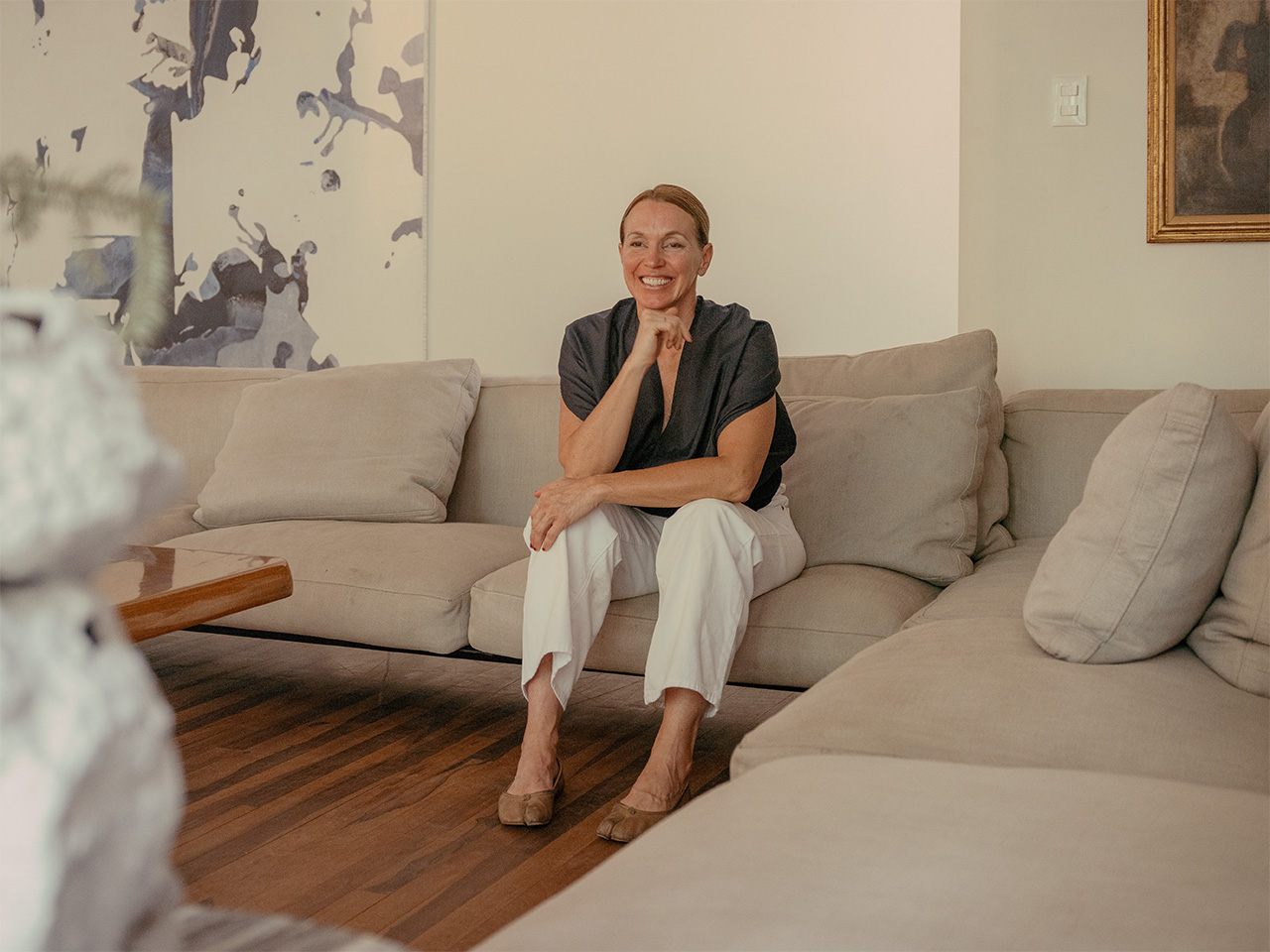Tatiana Bilbao is done with ‘carbon-copy’ housing – should we be too?
Tatiana Bilbao argues that our homes have become products instead of places to live. Her vision for housing that reflects real lives is hard to ignore.
With the Christmas season in full swing, I’ve been visited by the ghost of interviewees past. After a lovely reunion with New York-based architect Elizabeth Diller in Turin a few weeks back, I was lucky enough to sit down again with Mexican academic and architect Tatiana Bilbao, who I first met in Mexico City, shortly after she’d finished giving a masterful lecture for the opening of this year’s Shaping The City conference in Venice, organised by the European Cultural Centre Italy.
Chatting in an echoey room of the Palazzo Michiel, I asked Bilbao what made her repeatedly return to housing (she often focuses on social and community-based projects for the many rather than homes for the few). She immediately shot back that it wasn’t so much housing that interested her but people – and their right to dwell in dignity. She thinks we’re still getting it wrong. Her answer? “Resist” the status quo by continuing to push the boundaries of what a home could and should be.

We’re all sold a dream of home ownership. Ask any child around the world to draw a house and they’ll probably design a standard two-up, two-down with a triangular roof. For Bilbao that’s part of the problem: housing has got away from the core of what it should be – a place of sanctuary allowing us to thrive – and become a carbon-copy product. Designed to be what she calls “an engine that serves the industry”, we’re all told that we need the bed and the washing machine and the cooker, while many of us are sold identikit houses on numbered lots that feel more like boxes to contain us than places to improve our quality of life.
When you delve deep into housing in Mexico, for example, you get more of an idea. Why does a community need to sleep in beds rather than hammocks if the latter provides natural ventilation and protection from the bites of nasties, Bilbao asks? Or why have an indoor kitchen with all the mod-cons when your culture’s tradition is to cook outside? But beyond the fact that housing can discriminate and reinforce gender roles, it’s also clear that it’s not sufficiently malleable for the way our lives wax and wane over the years.
Bilbao has to strike a careful balance between agitating for change and working within a system – something that, if anything, only fuels her energy. The architect has been working on a new housing project (and “fighting many fights”) in San Miguel Chapultepec, Mexico City. Though it is still awaiting approval after several years, she has an owner who’s on board and determined to see it through. A housing block that rethinks shared spaces, including collective laundries and kitchens, it’s built on a modular design that allows tenants to add or subtract rooms depending on their evolving needs. “None of our lives are the same,” she told me. “None of us lives the same.” Isn’t it time our homes reflected that?


